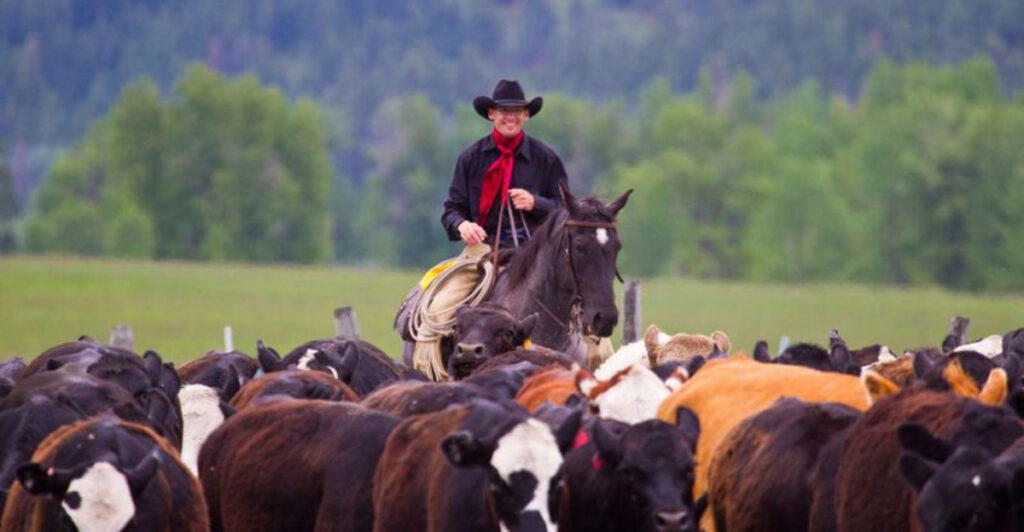The American West holds countless stories of cowboys, outlaws, and frontier adventures that shaped our nation. These rugged towns preserve that spirit today, offering visitors a chance to step back in time. Whether you’re looking for authentic rodeos, historic saloons, or wide-open landscapes where legends were born, these nine destinations deliver genuine cowboy experiences without the tourist traps.
Bandera, Texas: The Cowboy Capital of the World
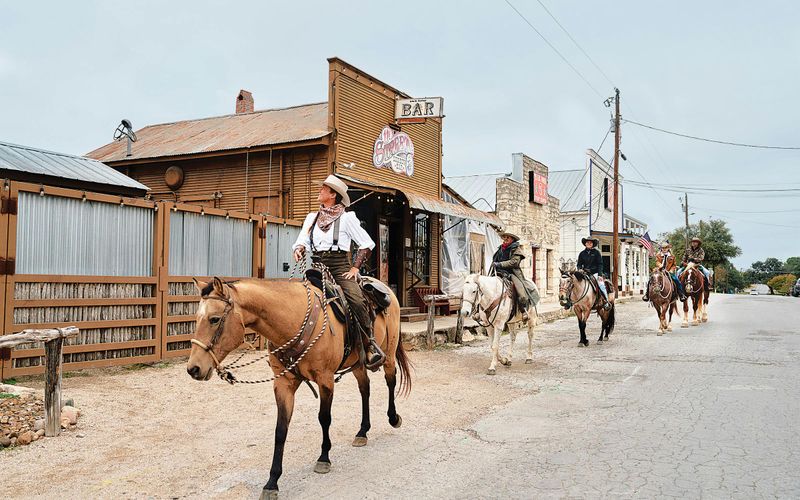
Horses tied up outside Main Street shops isn’t a tourist gimmick—it’s everyday life in Bandera. The town earned its “Cowboy Capital” nickname back in the 1800s when it became a gathering spot for trail drivers heading north.
Weekend visitors can catch impromptu roping contests or bring their own steaks to grill alongside locals at the 11th Street Cowboy Bar. The Frontier Times Museum houses artifacts from real working cowboys who shaped this region.
For the full experience, book a stay at one of the surrounding dude ranches where genuine cowboys still work cattle and share tales around evening campfires.
Jackson, Wyoming: Where Luxury Meets Ranch Life

Nestled in the dramatic Teton Range, Jackson blends million-dollar properties with authentic Western heritage. The iconic Million Dollar Cowboy Bar features genuine saddles instead of bar stools and hosts boot-stomping line dancing that draws both locals and visitors.
Morning stagecoach rides through the town square offer glimpses into transportation methods from another era. When hunger strikes, restaurants serve locally-sourced elk and bison prepared with cowboy flair but modern culinary techniques.
Surrounding the town, working ranches like Triangle X offer guests opportunities to ride alongside wranglers moving cattle through mountain meadows before returning to surprisingly luxurious accommodations.
Virginia City, Montana: Living Western Movie Set
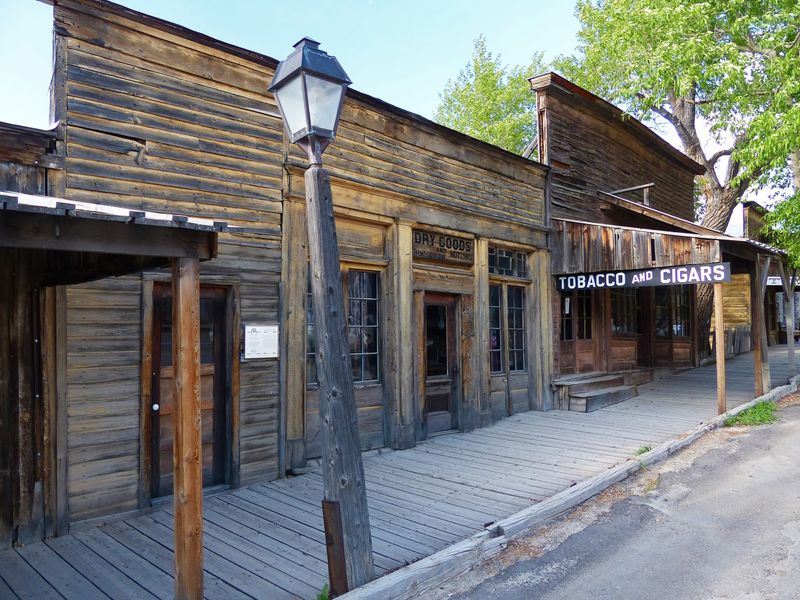
Gold rush fever built Virginia City in 1863, and remarkably little has changed since. Walking Wallace Street feels like stepping directly onto a Western film set—except everything here is authentic, from the creaking wooden boardwalks to the swinging saloon doors.
The allegedly haunted Fairweather Inn offers brave souls a chance to sleep where miners and outlaws once rested. Locals still dress in period attire, not for tourists but because it connects them to their heritage.
Hop aboard the Alder Gulch Shortline train to nearby Nevada City, a preserved ghost town where mining equipment sits exactly where workers abandoned it when the gold ran out. Virginia City represents the West frozen in time.
North Platte, Nebraska: Buffalo Bill’s Stomping Grounds
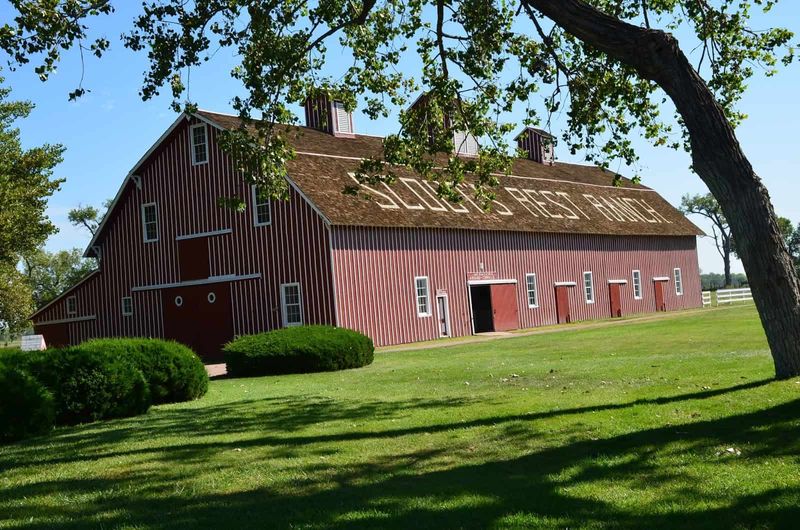
Buffalo Bill Cody’s legacy permeates North Platte, where his Scout’s Rest Ranch still stands as testament to the showman who brought Wild West tales to the world. The massive barn and 18-room mansion offer glimpses into the life of America’s first international celebrity.
Railroad heritage runs deep here too—the Union Pacific Bailey Yard stretches eight miles, making it the world’s largest rail yard. Cowboys once loaded cattle onto these same tracks.
Modern rodeo competitors flock to North Platte for events that continue traditions started generations ago. After competitions, both participants and spectators gather at North 40 Chophouse, where ranching families and railroad workers have been sharing meals for decades.
Wickenburg, Arizona: Desert Cowboy Haven
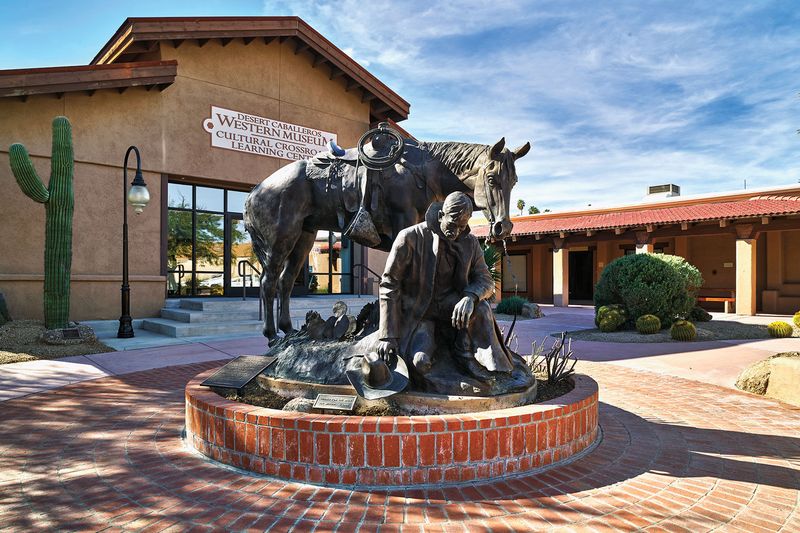
Founded by gold prospector Henry Wickenburg in 1863, this town survived when the mines failed by becoming a ranching hub. The Desert Caballeros Western Museum houses one of the Southwest’s finest collections of cowboy gear and Western art that tells the real story of frontier life.
Team roping competitions draw the nation’s top cowboys year-round. Unlike touristy Tombstone, Wickenburg maintains its authentic character with working ranches surrounding the town center.
Nearby Vulture City ghost town preserves the original mine that started it all. February’s Gold Rush Days celebration features one of Arizona’s top rodeos and a parade where every participant arrives on horseback—no engines allowed in this genuine cowboy community.
Ely, Nevada: Ghost Trains and Copper Kings
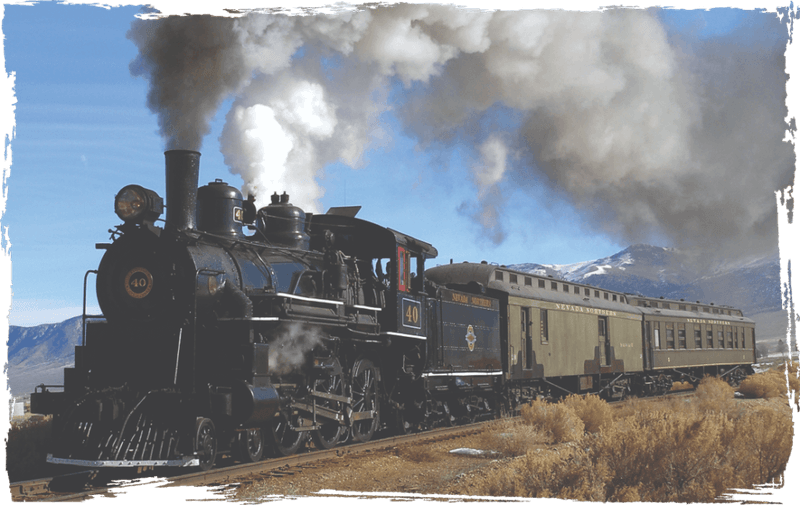
Tucked along the “Loneliest Road in America,” Ely’s isolation has preserved its frontier character since its 1878 founding. The Nevada Northern Railway Museum isn’t just a collection of static displays—these century-old steam engines still thunder through the high desert landscape on their original tracks.
Massive beehive-shaped charcoal ovens stand as monuments to the copper mining boom that once made this remote outpost wealthy. Downtown murals depict scenes from when Pony Express riders galloped through on their way west.
The Hotel Nevada still maintains its 1929 Art Deco character, complete with original gambling tables where miners once wagered their earnings. Ely offers a rare glimpse into a West untouched by modern commercialization.
Deadwood, South Dakota: Legendary Outlaw Territory
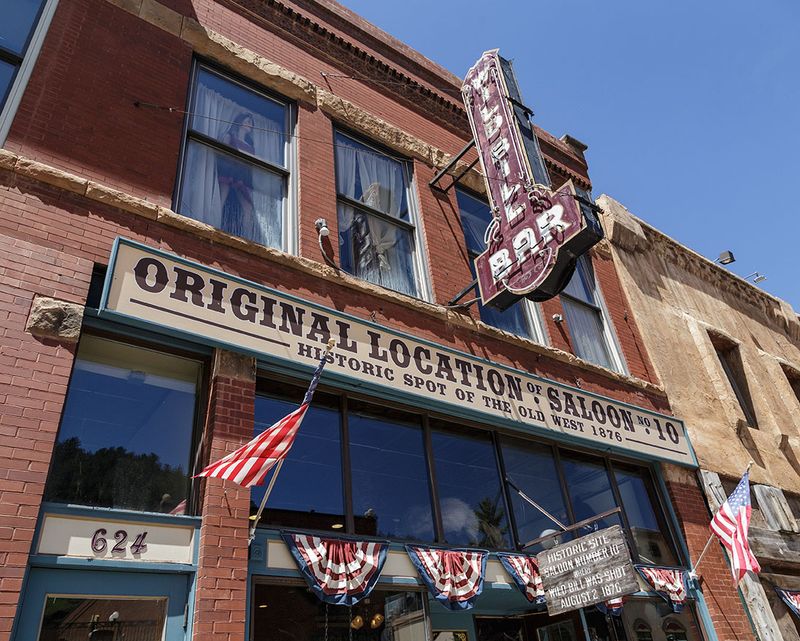
Gold discovery in 1876 transformed Deadwood into a lawless boomtown where Wild Bill Hickok met his end holding the infamous “dead man’s hand” of aces and eights. That table still stands in Saloon #10, where visitors can play cards in the very spot where history unfolded.
Mount Moriah Cemetery holds the graves of Hickok and Calamity Jane, overlooking the gulch that once teemed with prospectors. Unlike manufactured tourist towns, Deadwood’s buildings are original structures restored to their 1870s appearance.
The Days of ’76 Museum houses one of America’s finest collections of horse-drawn vehicles and rodeo memorabilia. Gaming returned legally in 1989, funding the town’s remarkable historic preservation efforts that make Deadwood feel authentically frozen in time.
Livingston, Montana: Yellowstone’s Cowboy Gateway
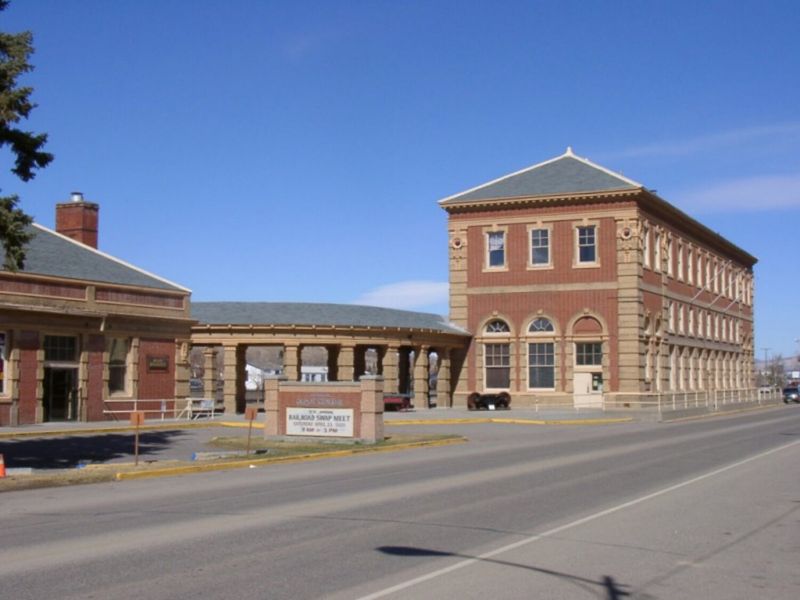
Hemingway, Russell, and countless other Western icons frequented this railroad town nestled against the Absaroka Mountains. The restored 1902 Northern Pacific Depot stands as testament to when Livingston served as the original gateway to Yellowstone National Park.
Downtown’s Murray Hotel hasn’t changed its western decor since Sam Peckinpah filmed there in the 1970s. Local cowboys still gather at the Mint Bar, established in 1904, where the walls display decades of rodeo photographs featuring multiple generations of the same ranching families.
Early July brings the Livingston Roundup, Montana’s oldest continuous rodeo, drawing competitors from across the nation. The town’s artistic community has preserved the cowboy heritage while adding galleries and studios in historic buildings once frequented by genuine frontier characters.
Darby, Montana: Bitterroot Valley’s Hidden Gem
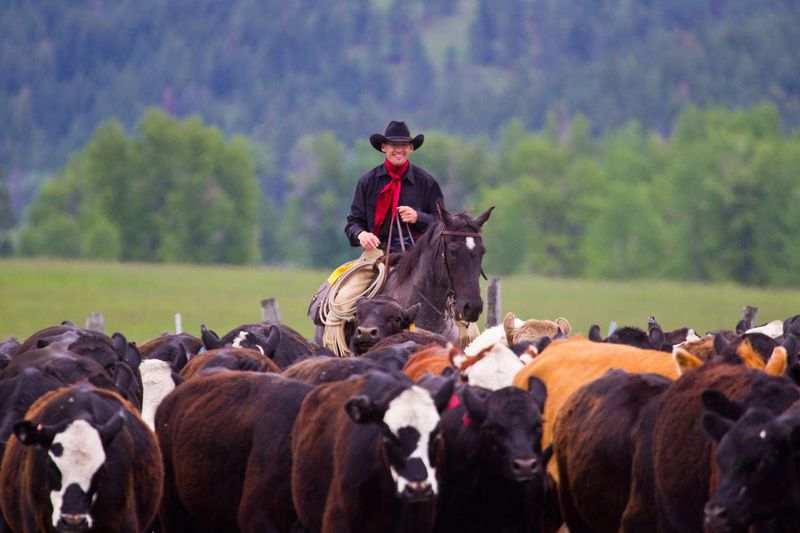
With fewer than 900 residents, Darby offers perhaps the most authentic modern cowboy experience in America. This isn’t a town that caters to tourists—it’s a working ranching community where cowboys still gather at the Conner Hotel’s saloon after long days in the saddle.
Local hatmakers still craft custom beaver-felt cowboy hats using techniques unchanged for centuries. The weekly summer rodeo draws participants from surrounding ranches rather than professional circuits, showcasing genuine working cowboys testing their skills.
Alta Creek and Triple C ranches welcome visitors for authentic cattle drives through the spectacular Bitterroot Mountains. Evening campfires feature cowboy poetry recitations and stories passed down through generations of Montana ranch families who still live the life others only read about.

